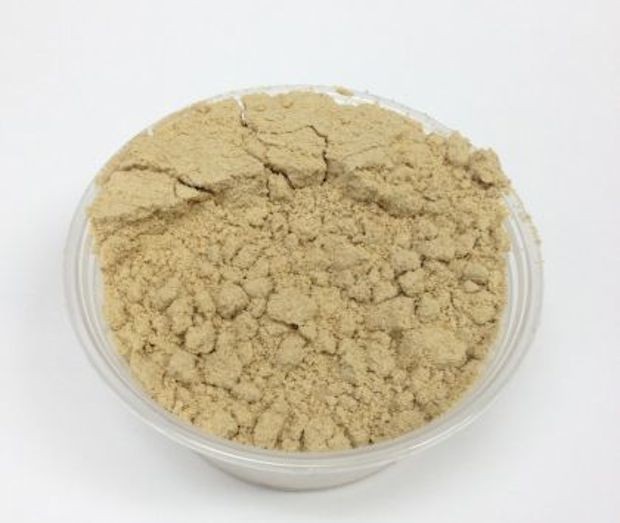Over the past three years there’s been a mounting pile of research suggesting the many ways coffee may be a naturally healthy food item, especially in its green or under-roasted form. Of course the business world has tried to capitalize on this news, green bean extract being the most crowded sub-segment of coffee food.
The business world and its associated marketing sometimes fails to adhere to scientific truth — remember Dr. Oz promoting bogus claims about green coffee extract and weight loss — but an interesting new coffee-as-health-food development has come from the academic world: Parbaked coffee, a potentially legitimately healthy foil to extract’s half-baked claims.
Brandeis University biophysicist Dan Perlman — who along with nutritionist helped developed the “healthy fats” blend that was used in the Smart Balance brand of butter substitute two decades ago — has developed a new food concept involving parbaked coffee that is milled into flour. This is not to be confused with the branded product Coffee Flour, which is derived from discarded coffee pulp.
Perlman’s parbaked flour concept involves green coffee that is very lightly roasted to a point that it’s not usable in drink form, then cryogenically milled in an ultra-cold and chemically inert liquid nitrogen atmosphere to protect the bean’s health-beneficial properties from oxidation. Perlman is particularly interested in maintaining higher levels of the natural chemical compound chlorogenic acid (CGA), an antioxidant that research elsewhere has suggested may be beneficial in modulating sugar metabolism, controlling blood sugar and potentially treating heart disease and cancer.
Brandeis cites studies suggesting that coffee’s CGA levels drop somewhere between 50 to 100 percent when roasted in the traditional way, at temperatures above 400 degrees F for 10 to 15 minutes. Perlman fine-tuned his parbaking process to an approximately steady 300 degrees for 10 minutes, finding that the approximate 10 percent of the bean’s weight constituted by CGA maintained.
The result of the process is a wheat-colored flour, and while Brandeis is not necessarily in the product development game, Perlman suggests it could have numerous uses as a nutritional substitute or supplement in food applications. For example, it could be blended with traditional flours for baking, used in cereals and snack bars, or added to drinks. He even suggests it could be blended into other ground coffee products.
Blending and milling for the Brandeis research project was made possible with the assistance of Malden, Mass.-based roaster New England Coffee.
Nick Brown
Nick Brown is the editor of Daily Coffee News by Roast Magazine.
Comment
1 Comment
Comments are closed.








“Never trust a food product that makes a health claim.” –Michael Pollan